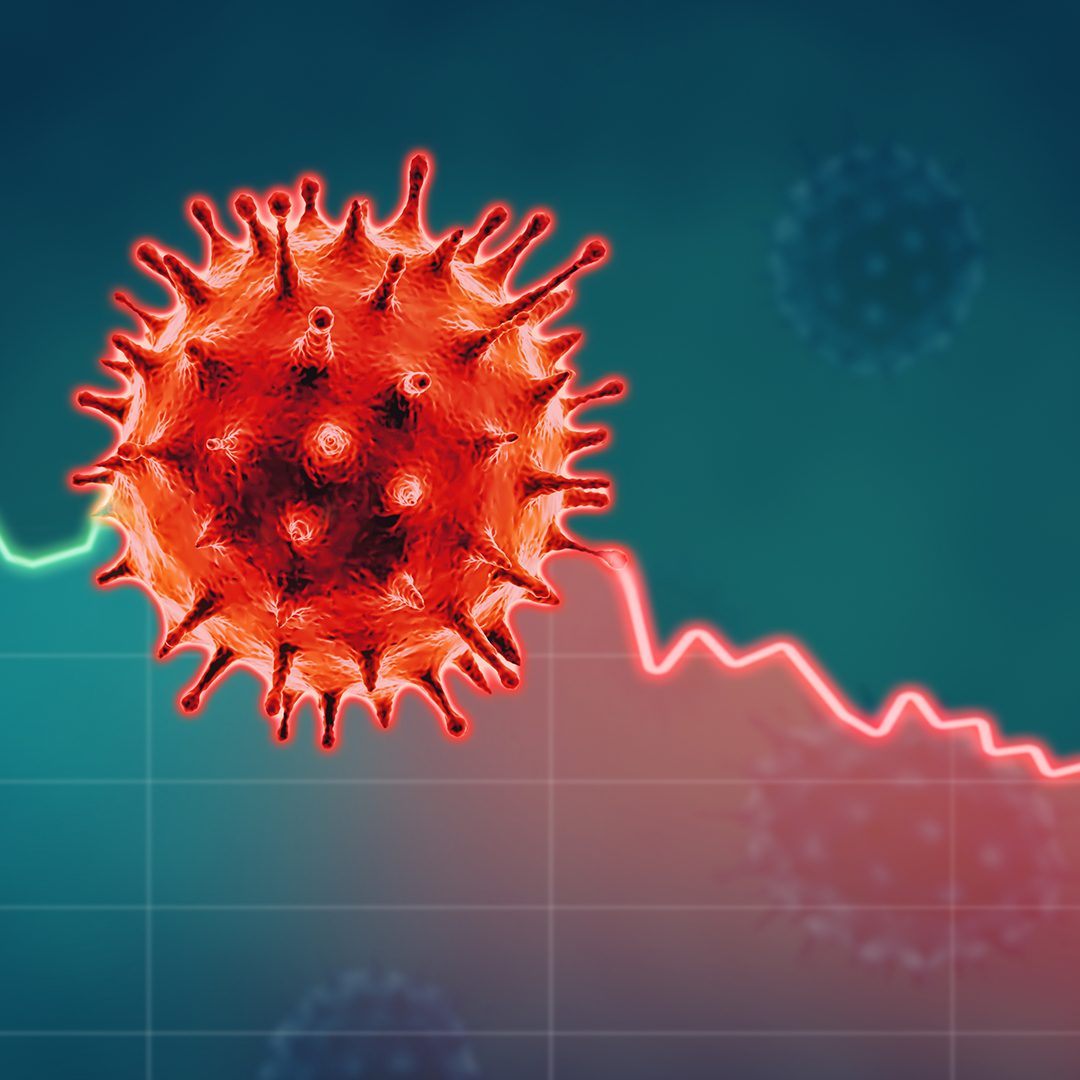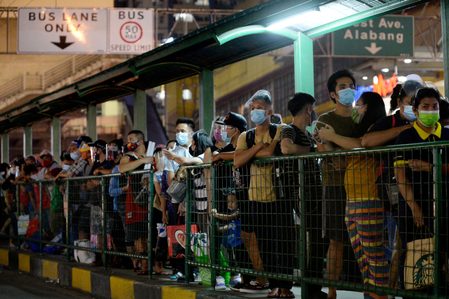SUMMARY
This is AI generated summarization, which may have errors. For context, always refer to the full article.

Last of two parts
(READ Part 1 | IN CHARTS: 1 year later, the spread of COVID-19 in PH)
The publicly-available COVID-19 dataset of the Department of Health (DOH) shows there are problems in testing outputs that still need to be addressed.
This can be gleaned from data on tests conducted by accredited laboratories nationwide since April 2020.
This is separate from the data for confirmed cases (used in Part 1 of this series), which have reporting delays factored in due to the validation process involved.
In terms of the Philippines’ positivity rate, or the number of tests that come back positive, the two-week daily average stands at above 5% again as of January 29. This is outside the ideal 2% to 5% range set by the World Health Organization (WHO).
It had already dipped below 5% in mid-December 2020, after a high of nearly 13% during the peak of the virus’ spread in August.
Looking at regional positivity rates, the Caraga and Cordillera regions have the highest two-week daily averages as of January 29.
On the other hand, Metro Manila’s average positivity rate has been below 5% since mid-November.
However, these might not be the full extent yet of the situation in each locality, partly due to the unequal distribution of testing laboratories in regions and provinces, argued Peter Julian Cayton, associate professor at the University of the Philippines (UP) School of Statistics and a member of the UP COVID-19 pandemic team.
As of January 29, there are 212 testing labs nationwide, 163 of which use the “gold standard” RT-PCR testing kits. The remaining 49 use GeneXpert PCR testing kits which produce faster results.
Metro Manila has the most number of labs, with 92. Notably, the 3 regions with the fewest labs – Eastern Visayas, Bangsamoro, and Cordillera – have areas that have been placed under the more restrictive General Community Quarantine or GCQ in February 2021. Outside Metro Manila, only 39 provinces – a little less than half of all provinces – have at least one testing lab.
Besides a limited testing capacity, having a few labs in an area may pose a problem in case of uncontrollable events which might affect the labs’ operations. For instance, in May 2020, Bicol Region’s lone testing machine at the time was destroyed by Typhoon Ambo, temporarily disabling the affected lab’s testing capability.
Cayton also pointed out that some of the 212 testing labs have encountered problems in reporting to DOH. As of January 30, only 195 labs so far have test-related data in the department’s dataset. Most of those not yet in the dataset are newly-accredited labs.
In addition, the daily testing output of all these labs are just starting to catch up again following a huge slump during the weeks of Christmas and the New Year. The DOH earlier explained that during the holiday break, the operations of some testing hubs were either temporarily suspended or limited, and fewer people got tested because they were with their families.
The 7-day average of individuals tested for COVID-19 in January 2021 had returned to its levels in mid-October 2020. Still, it has yet to top the one-day high of 44,825 individuals tested on September 11, 2020.
It’s not just issues with testing. Cayton highlighted the low levels of contact tracing efforts.
In mid-January, the government’s testing chief Benjamin Magalong reported that the country’s contact tracing efficiency ratio was just at around 1:7 to 1:9, which means only 7 to 9 contacts of an infected case have been traced. The ideal ratio, said Magalong, is a maximum of 1:37 for urban areas and 1:30 for rural areas.
Cayton emphasized that contract tracing goes hand in hand with testing and treatment – which he likened to a “tripod” – when it comes to pandemic response.
“We have to increase the detection capability of regions that still have high positivity rates, so that the distribution of testing laboratories would become much more equitable,” he said. “If we are able to trace as many as we should…we would be able to test more people, so we can have a fuller picture of COVID and how the situation [looks like] for our country.”
Guido David, a fellow at independent research group Octa, also supports scaling up the number of tests, especially in Mindanao and northern Luzon, to lower the positivity rate.
In addition, he noted that some local governments with contact tracing programs have nearly reached the ideal contact tracing ratios. “We see that it’s really effective in preventing secondary transmission [in these areas]. It’s a big factor in preventing surges by doing contact tracing and localized lockdowns, quarantining of people.”
Vaccine hopes
After everything that has happened in the past year, both experts hope that the vaccines will help in improving the situation in the second year of the virus in the country.
“Hopefully, we have a good vaccine rollout,” said David, adding that people have to get vaccinated despite hesitations by many Filipinos regarding vaccines. He argued that efforts should be done to convince those who are undecided to take the vaccine.
This risk communication “is something the government has to really manage,” Cayton added.
Cayton also hopes for more transparency from authorities on the vaccines. “I hope the government is open [to] discussing [with] the people the vaccination plan, including pricing. This is so the people also know that they’re getting the best quality vaccines at a cheaper price.” He likewise expects that all frontliners and properly prioritized vulnerable people will be vaccinated within the year.
In addition, David hopes that more genome sequencing could be done to determine the origins of the virus and better map out its spread.
Ultimately, both Cayton and David stress the need to continue following health protocols to lessen the spread of the coronavirus.
Will 2021 be the year things will get better? Because there are no guarantees, it’s important to keep safe and remain cautious. – Rappler.com
Add a comment
How does this make you feel?

There are no comments yet. Add your comment to start the conversation.